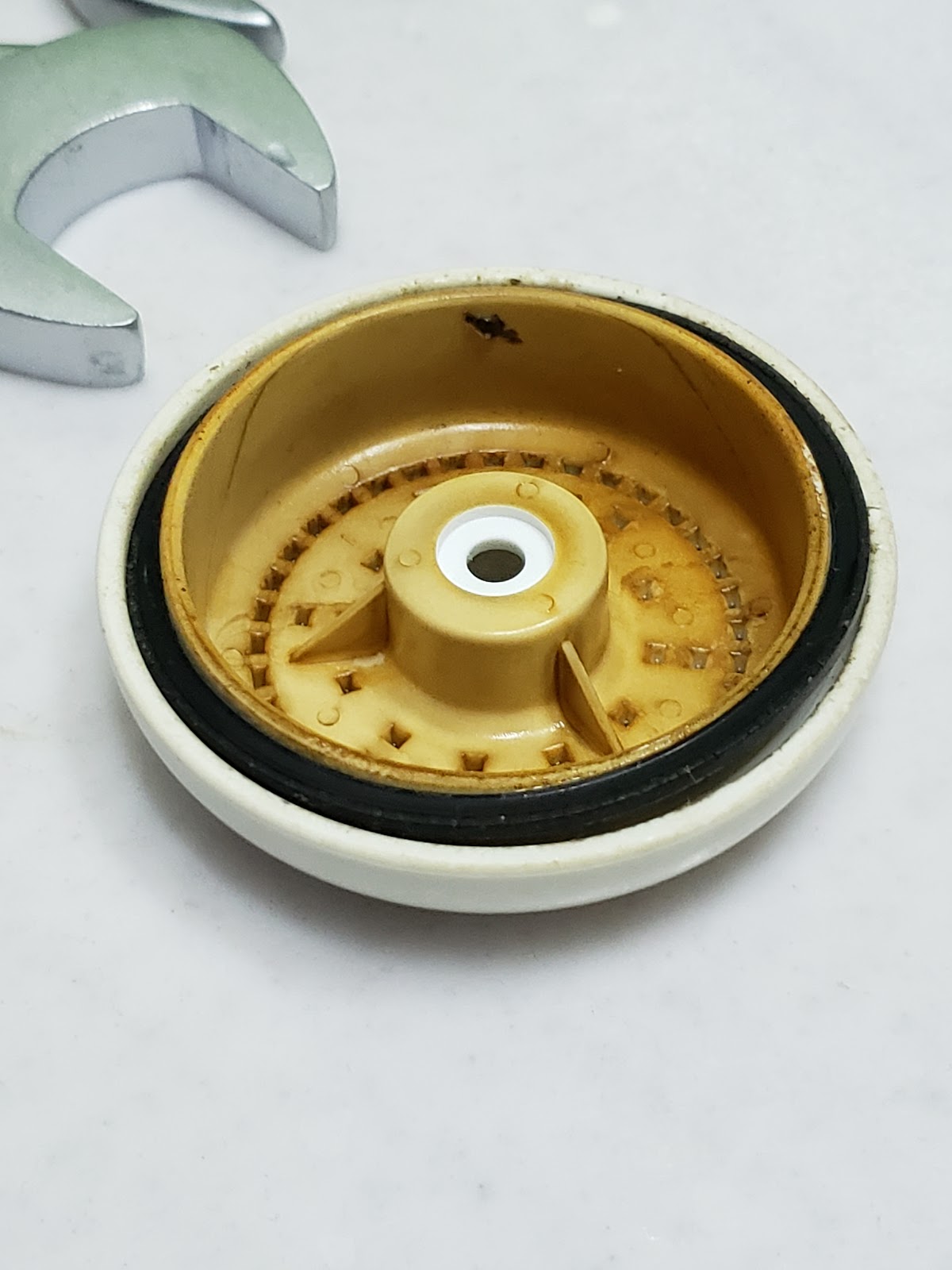Three years ago, BCI received an emergency call from a ship cleaning company regarding a vessel scheduled to dock at the Port of New Orleans. The ship had been intermittently battling Legionella contamination for approximately three to six months. Initially perceived as an on-and-off issue, our investigation revealed a more systemic problem. During the ship's last dry dock period, the 150,000-gallon potable water tanks were not properly disinfected upon recommissioning, leading to the outbreak.
Within 48 hours, we took decisive action by cleaning and purging the water tanks and shocking all potable water
lines to eradicate the bacteria. We replaced all water fixtures on board the
tanker to ensure no residual contamination remained. To prevent future
occurrences, we left behind test kits and a sufficient supply of chlorine to
last the ship's operational life. Additionally, we provided a comprehensive
guidance manual to help maintain conditions inhospitable to Legionella growth.
Key Legionella Facts on Motor Vessels:
- Reported
Issues: There have been over 200 reported cases of Legionnaires'
disease on ships in the past three decades, with one notable case on a
cruise ship leading to 50 infected crew members and one fatality.
- Ideal
Conditions for Legionella: Legionella thrives in water systems where
temperatures range between 20-45°C (68-113°F), commonly found in
ship water supplies. Like that in improperly managed or maintained water tanks, stagnant water provides an ideal breeding ground.
- Prevention
Measures: Proper maintenance includes regular disinfection of water
systems, temperature control, and avoiding dead legs in plumbing where
water can stagnate. Regular flushing of systems and the use of
anti-Legionella valves can also be effective in preventing bacterial
growth.
The perfect environment for Legionella involves water
temperatures that are not too hot or too cold, adequate nutrients from system
materials or organic matter, and low-flow areas where water can stagnate. While
these conditions can vary, this scenario represents a general consensus on what
facilitates Legionella proliferation.
#Legionella on cruise ships
#waterborne diseases on ships
#more technical details
- Cooling towers and evaporative condensers.
- Hot water systems, such as water heaters, showers, and faucets.
- Spa pools, whirlpools, and decorative fountains.
- Plumbing systems with stagnant sections or "dead legs."
- Industrial equipment that uses water, like humidifiers.














